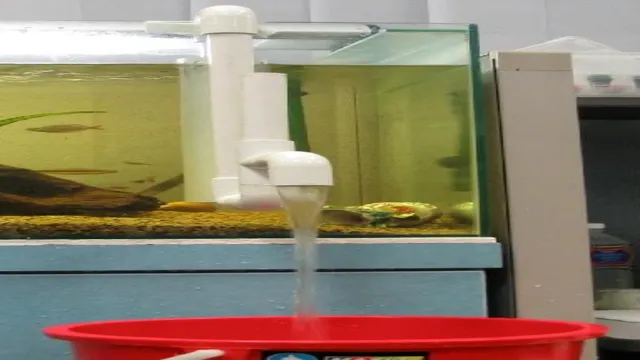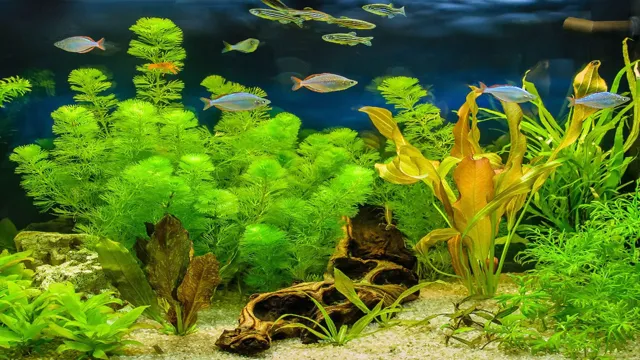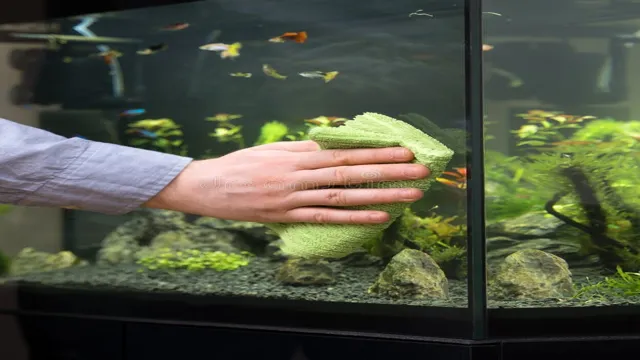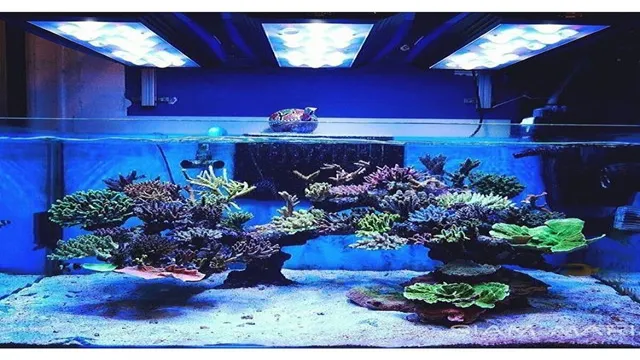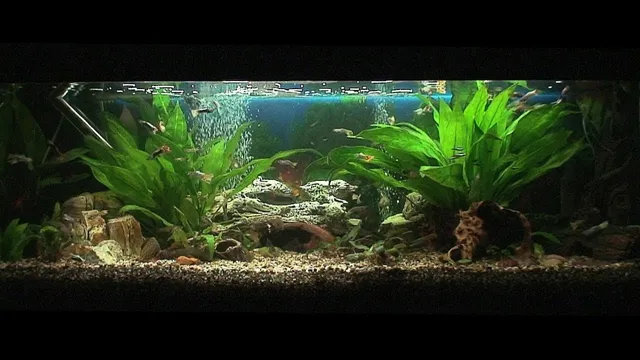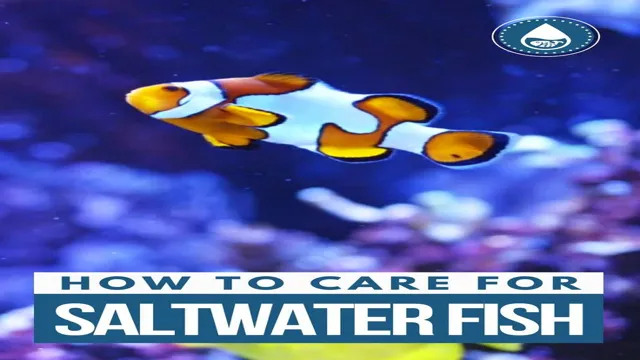Adding an overflow and input system to your aquarium is an important part of setting up a functional and healthy aquatic environment. With the right PVC piping and some basic plumbing skills, you can create a customized system that keeps your water clean, oxygenated, and flowing smoothly. But where do you start? What materials do you need? And how do you ensure that everything fits together properly? In this blog post, we’ll guide you through the process of building an overflow and input for your aquarium PVC, offering expert tips and advice to help you create a system that works perfectly for your unique setup.
So, grab a pen and paper, and let’s get started!
What is an overflow and input?
If you’re building an aquarium, you’ll need to understand the purpose and functionality of an overflow and input. The overflow helps maintain a consistent water level in the tank by allowing excess water to flow out down a PVC pipe and into a sump or filtering system. Meanwhile, the input brings fresh, oxygenated water into the tank, usually through a pump that pushes water through a PVC pipe.
To create these features, you’ll need to carefully measure and cut the PVC pipes to the right length and diameter, ensuring a snug fit with any other fittings or attachments. You may also need to consider other factors like the flow rate and the filter system you’ll be using, so you can ensure that the overflow and input work effectively. Remember to always use high-quality PVC pipes and fittings that are safe for use in a marine environment, and be sure to seal all connections with PVC cement to prevent any leaks or damage.
With some careful planning and attention to detail, creating an overflow and input for your aquarium can be a simple and rewarding process.
Understanding the importance of proper water flow in your aquarium
Proper water flow in your aquarium is crucial for the well-being of your aquatic pets. One of the most important components of aquarium water flow is the overflow and input. The overflow is essentially an opening or channel at the top of the tank that allows water to leave the tank.
A well-designed overflow system ensures that excess water is removed from the tank and sent to a sump, where it can be filtered, returned to the tank, or discarded altogether. The input, on the other hand, is the point at which water enters the tank. This input is usually placed at the other end of the aquarium and ensures that there is a constant flow of water throughout the aquarium.
By ensuring adequate water flow through your aquarium with a properly designed overflow and input system, you not only keep the water clean and clear but also provide vital oxygen and nutrients to your aquatic pets.
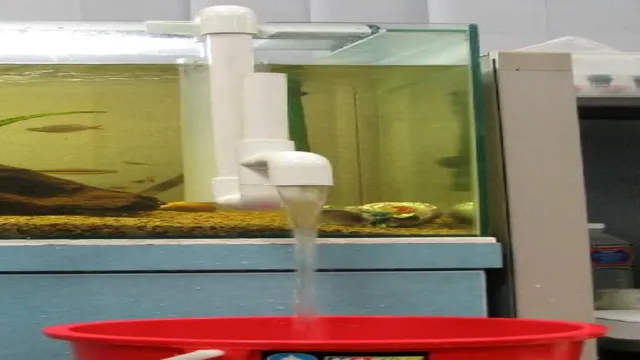
Materials needed
If you’re looking to build an overflow and input for your aquarium using PVC, then there are a few materials you’ll need. Firstly, you’ll need a bulkhead fitting, which is what creates the seal between the PVC pipe and the aquarium glass. You’ll also need PVC pipes in various sizes, depending on the diameter of your overflow and input.
Additionally, PVC elbows, tees, and couplings will be necessary to connect the pipes together. A PVC cement and primer will be needed to glue the pipes together securely. Lastly, you may want to invest in a ball valve or gate valve to control the water flow.
With these materials, and a bit of know-how, you can easily create a functional and reliable overflow and input system for your aquarium using PVC pipes.
PVC pipes, couplings, elbows, adapters, and valves
When it comes to building a PVC project, having the right materials is crucial to success. Some of the essential materials needed include PVC pipes, couplings, elbows, adapters, and valves. PVC pipes are the backbone of the project and come in various diameters. (See Also: How to Clean Foggy Aquarium Water: 5 Easy Steps for Crystal Clear Fish Tank)
Couplings are used to connect two pipes together, while elbows are used to change the direction of a pipe. Adapters allow you to switch between pipes of different sizes, while valves control the flow of water or other liquid through your project. It’s essential to choose high-quality materials to ensure your project is durable and long-lasting.
So, if you’re planning a PVC project, make sure you have all these materials on hand to ensure it turns out perfectly.
Designing your overflow and input
One essential element of setting up an aquarium is designing the overflow and input system using PVC. Your overflow and input pipes should be properly sized to accommodate the water volume in your aquarium. It’s crucial to ensure that you have enough overflow capacity to handle the water coming out of the aquarium and into the sump efficiently.
Likewise, your input pipe must be appropriately sized to deliver the appropriate amount of water back into the aquarium to maintain a stable water level. You may also want to consider installing a valve to control the flow rate of your input pipe. This will allow you to adjust the amount of water appropriately and keep a consistent flow.
By carefully designing your overflow and input system, you can help ensure a healthy and thriving aquarium environment for your aquatic pets.
Determining the correct size and placement of your overflow and input
Overflow and input design can be one of the trickiest parts of the aquarium setup process. It is essential to determine the correct size and placement of your overflow and input to ensure the team’s success. The overflow should be large enough to handle the flow rate of the return pump and prevent any excess water from spilling over.
Additionally, it should be placed where it allows the water to drain back into the sump quietly. The input should be placed in an area to ensure all water in the aquarium is filtered and circulated, mitigating any dead zones. When sizing the input, consider the tank’s overall volume and the minimum flow rate required to maintain the desired turnover rate.
By properly designing your overflow and input, you can uphold the health and longevity of your aquatic ecosystem while ensuring the beauty and serenity of the aquarium.
Choosing the right type of overflow for your aquarium setup
When it comes to setting up an aquarium, choosing the right type of overflow is crucial to its success. One popular option is the durso standpipe, which is a simple design with a vertical pipe and an air vent that prevents backflow. Another option is the Herbie overflow, which features two pipes for a silent and efficient flow.
Whichever type you choose, it’s important to consider the size and flow rate of your pump, as well as the size and shape of your aquarium and its inhabitants. Additionally, designing the input for your overflow is also important. Using a strainer or screen can prevent debris from clogging the overflow and causing a potential flood.
Ultimately, the goal is to create a system that provides a consistent and efficient flow for your aquarium’s health and beauty.
Building the overflow and input
If you’re planning on building an aquarium PVC system, it’s important to understand how to create an overflow and input. The overflow is what ensures that the aquarium doesn’t overflow with water, while the input is what brings water into the aquarium. To create the overflow, you’ll need to drill holes into the PVC pipe that are large enough to allow water to flow through. (See Also: How to Fix a Chip in an Aquarium: Step-by-Step Guide and Tips)
It’s important to make sure the holes are evenly spaced and positioned above the desired water level in the tank. The input can be created by attaching a PVC fitting to the end of the pipe and connecting it to a pump or other water source. Overall, it’s important to take the time to carefully plan and execute the construction of these crucial components to ensure the safety and health of your aquatic life.
Remember, a little bit of preparation and attention to detail can go a long way in creating a successful aquarium PVC system.
Step-by-step instructions for constructing the overflow and input system
Building an overflow and input system for your project might seem daunting at first, but with some careful planning and execution, you can create a reliable and efficient system. One of the first things you’ll need to consider is the materials you’ll use for the overflow and input pipes. PVC pipes are commonly used for this purpose and come in a variety of sizes.
Next, you’ll need to decide on the placement of the overflow and input pipes, and ensure they are properly leveled. Once the pipes are in place, you’ll need to connect them to the main system using couplers and elbows. Make sure to use silicone sealer to prevent leaks.
Finally, test the system to ensure it’s working properly and adjust as needed. With these steps, you’ll be on your way to constructing an effective overflow and input system for your project.
Maintaining your overflow and input
When it comes to setting up your aquarium, ensuring that your overflow and input are built properly is key to maintaining a healthy environment for your fish. To begin, you’ll want to choose the right size PVC pipes for your tank, taking into consideration the water flow and the size of your aquarium. When installing your overflow, make sure it is securely attached and positioned correctly to prevent any leaks.
Your input, on the other hand, should be placed in a position that allows for proper water circulation and oxygenation for your fish. Additionally, maintaining and cleaning your overflow and input regularly is crucial for preventing blockages and buildup of debris. Overall, taking the time to properly set up and maintain your overflow and input can significantly enhance the health and longevity of your aquarium.
Regular maintenance tips for optimal water flow and cleanliness
Regular maintenance of your aquarium’s overflow and input can make a huge difference in the water flow and cleanliness of your tank. Firstly, it’s essential to clean the overflow box regularly to prevent any clogs or blockages which could slow down the water flow. A blocked overflow could cause the water to leak or overflow into your home.
Use a brush to remove any debris or dirt that may have accumulated in the box. It’s also crucial to check the input to your aquarium regularly, ensuring it’s free from any dirt or obstructed by algae. The input is responsible for keeping the water supply to your tank stable, and any obstruction could lead to poor water flow, causing low oxygen levels and ultimately endangering your fish.
Clean the input with an algae scraper or brush to keep it free from algae accumulation. Always check that the water is flowing correctly, and keep an eye out for any changes in water parameters to avoid any potential problems. By regularly maintaining your overflow and input, you’ll ensure your aquarium stays clean and healthy for your fish to thrive in, giving you many years of enjoyment.
Conclusion and final thoughts
In conclusion, building overflow and input systems for aquarium PVC may seem daunting, but with a little bit of creativity and some handyman skills, it can be accomplished with ease. Remember to always measure twice, cut once, and ensure that your aquarium’s inhabitants have plenty of clean and oxygenated water. With these tips, you’ll be on your way to creating a functional and aesthetically pleasing aquarium in no time. (See Also: How to Get Rid of Midge Fly Larvae in Aquarium: Tips and Tricks)
So, dive in and start building that dream tank today!”
FAQs
What materials are needed to build an overflow for an aquarium PVC?
You will need PVC pipes, a bulkhead fitting, a drill, aquarium silicone, and a saw to build an overflow for an aquarium PVC.
Can I use a regular PVC pipe as input for an aquarium?
No, you will need to use a special aquarium PVC pipe that is safe for aquatic animals and plants.
How do I properly install an overflow for my aquarium PVC?
You will need to drill a hole in the tank, insert the bulkhead fitting, attach the PVC pipes, apply aquarium silicone to seal any gaps, and test the flow of water before adding any aquatic animals.
Can I build a DIY overflow for my aquarium PVC?
Yes, you can build a DIY overflow using PVC pipes, a drill, and aquarium silicone, but make sure to research and follow instructions carefully for the safety of your aquatic animals.
What is the purpose of an overflow in an aquarium PVC?
An overflow is used to regulate the water level in the tank and prevent any overflow or spillage, while also providing a path for water circulation and filtration.
How often do I need to clean my aquarium PVC input and overflow?
It is recommended to clean your aquarium PVC input and overflow at least once a month to prevent any blockage or buildup of debris.
Can I use a flexible hose instead of a PVC pipe for my aquarium overflow or input?
It is not recommended to use a flexible hose for your aquarium overflow or input, as it may not be strong enough to handle the pressure of water flow, and may also release harmful chemicals into the tank. It is safer to use a specialized aquarium PVC pipe.

